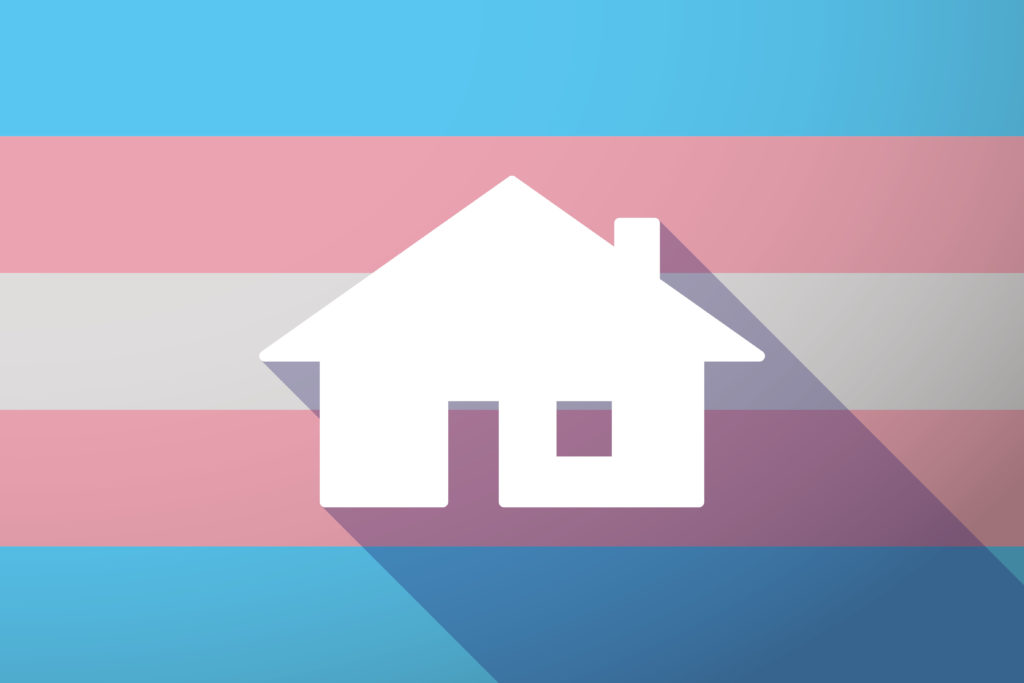The FWD #157 • 436 Words
Discussions of housing affordability and access are leaving out one of the most neglected populations.
It’s a statistic that many of us in the transgender and gender non-conforming community are unfortunately familiar with: one in five trans people in the U.S. has experienced homelessness in their lifetime. One in five trans Americans has also experienced gendered discrimination when seeking a home, and one in ten has been evicted due to their gender identity.
We know that trans people, especially Black trans women, are at much higher risk for deadly violence. But stable housing is a vital part of a long and healthy life—people who experience homelessness have a life expectancy 20 years shorter than those who don’t, after all. If housing instability can cut a person’s life expectancy, why don’t we start thinking of housing discrimination, eviction, and homelessness as a part of the epidemic of transphobic violence?
Earlier this year, HUD reaffirmed that trans people are protected by the Equal Access Rule, reversing a prior decision. But especially after the turmoil and uncertainty of last year, many members of our community across the country have begun or ramped up efforts to provide shelter for each other, rather than rely on the existing systems.
In Queens, NY, the first ever housing development by and for trans people—12 units owned and operated by Black trans activist Ceyenne Doroshow—opened in November 2020. Meanwhile, across the South, trans community organizations like My Sistah’s House in Memphis and Trans Housing Coalition in Atlanta have begun offering short- and long-term housing for trans people. The Transgender Assistance Program in Virginia also offers temporary emergency shelter via volunteer host homes. Nearly all of these efforts are being led by Black trans women.
But trans people don’t just need transitional housing and affordable rentals. For the housing system to be fully welcoming to trans people, the homeownership market must also change. The homeownership rate among trans people is a paltry 25%. When you consider how many of our trans siblings experience homelessness, and how many of us are Black, Latin American, and from working class backgrounds, this is not hard to imagine. Add onto that the tendency of trans people to be rejected by their birth families, removing the opportunity for generational wealth to be passed on.
Fortunately, the rising tide of solutions being proposed to remedy racial inequity in housing could also lift the boats of trans people. The important thing is to keep us in mind when implementing those solutions. The trans community is strong, and we help each other survive—but in order to thrive, we need to be included.
Flora Valdes-Dapena is an Administrative and Communications Associate for HousingForward Virginia. She received her BA in Sociology with a minor in Gender, Sexuality, and Women’s Studies from William & Mary. Flora began her gender transition in 2018.
